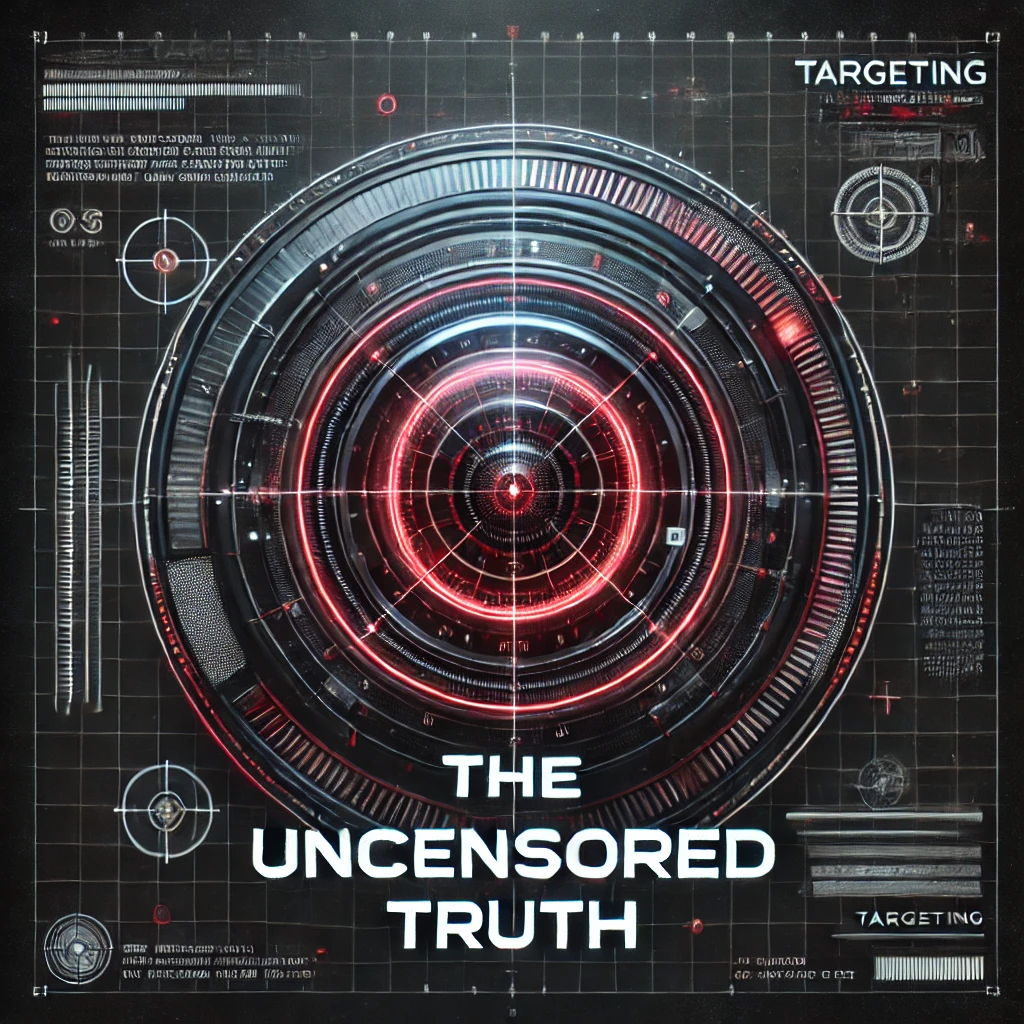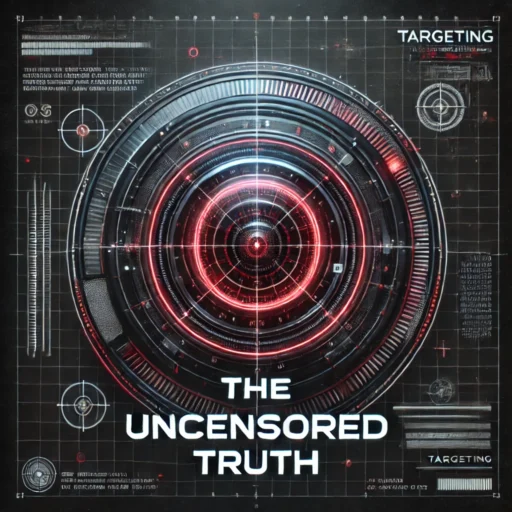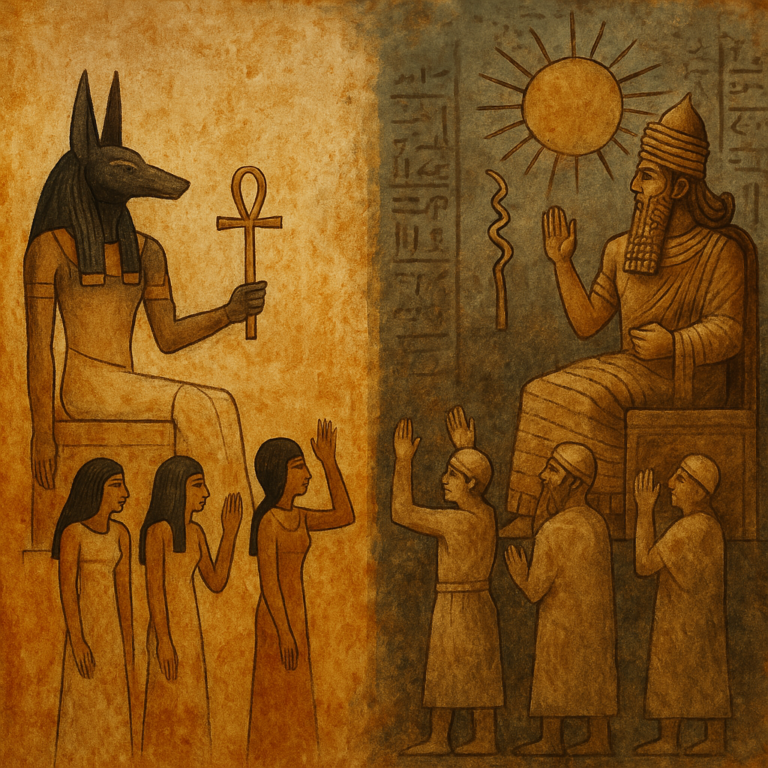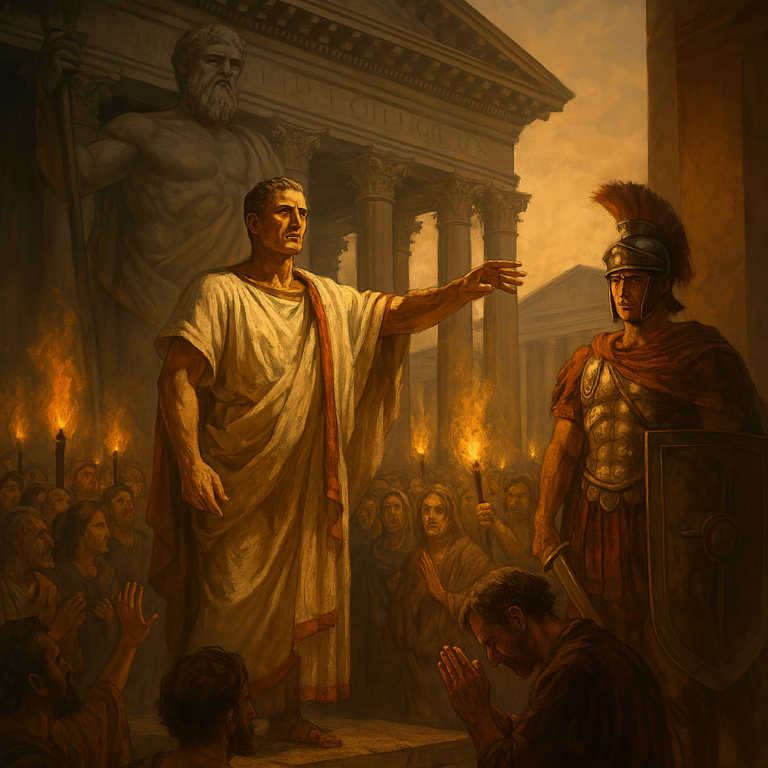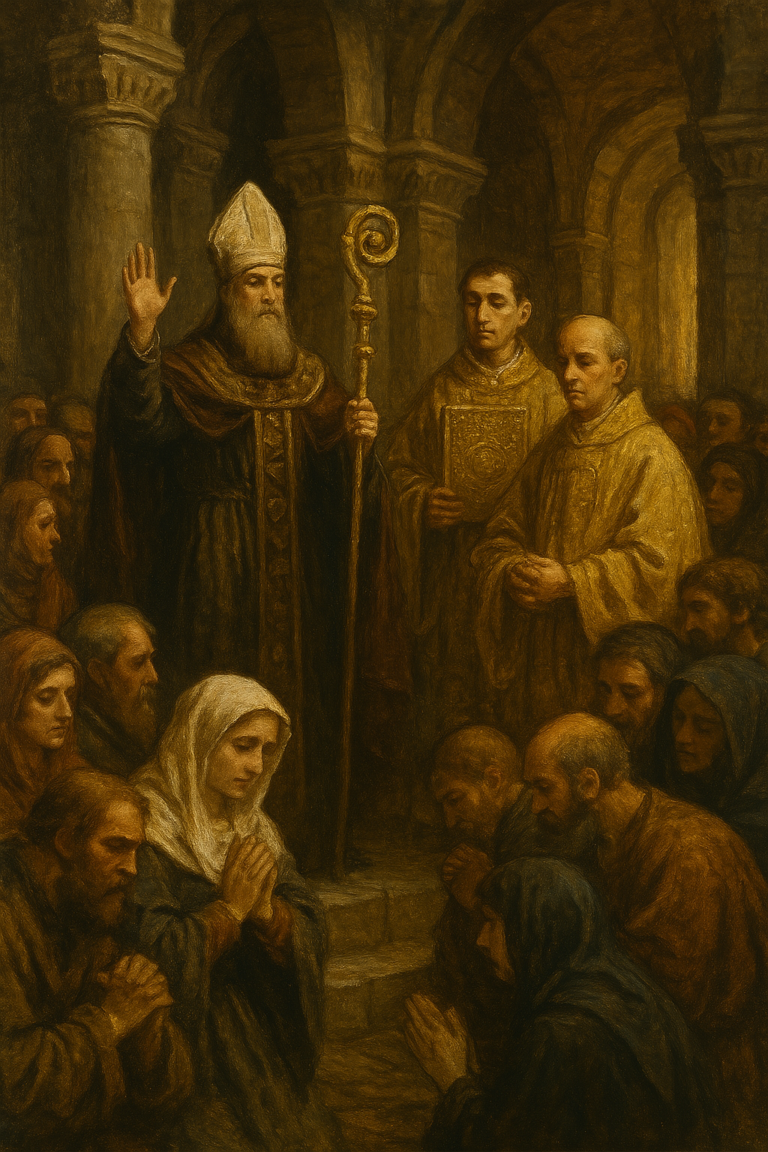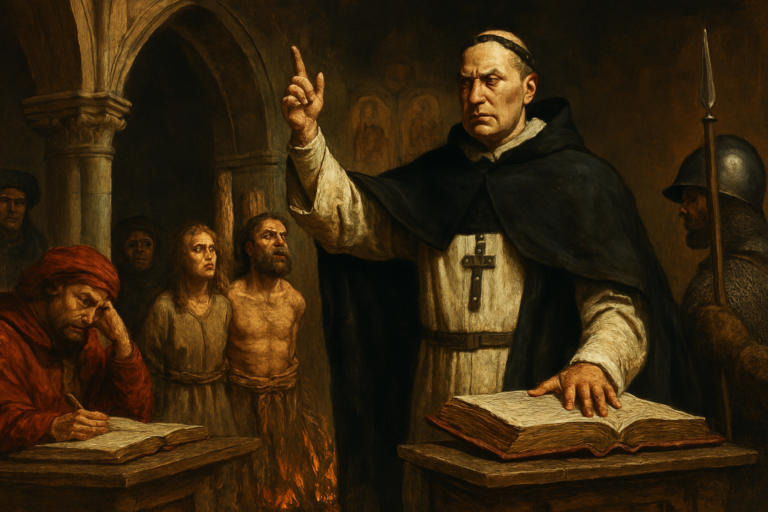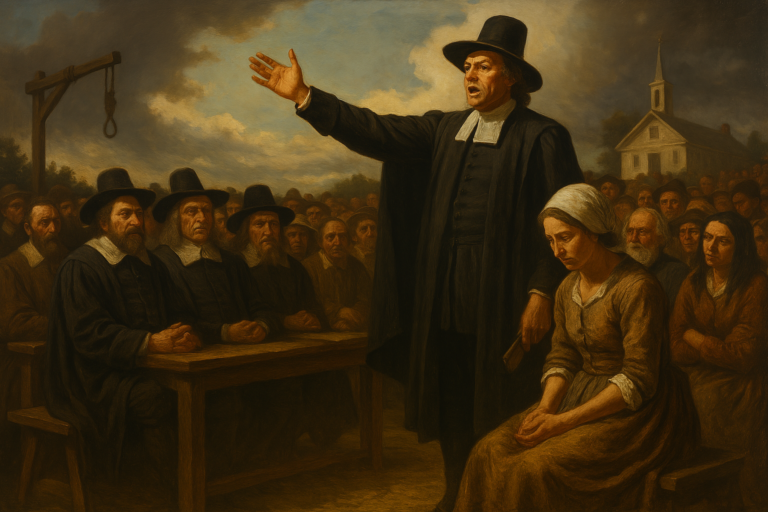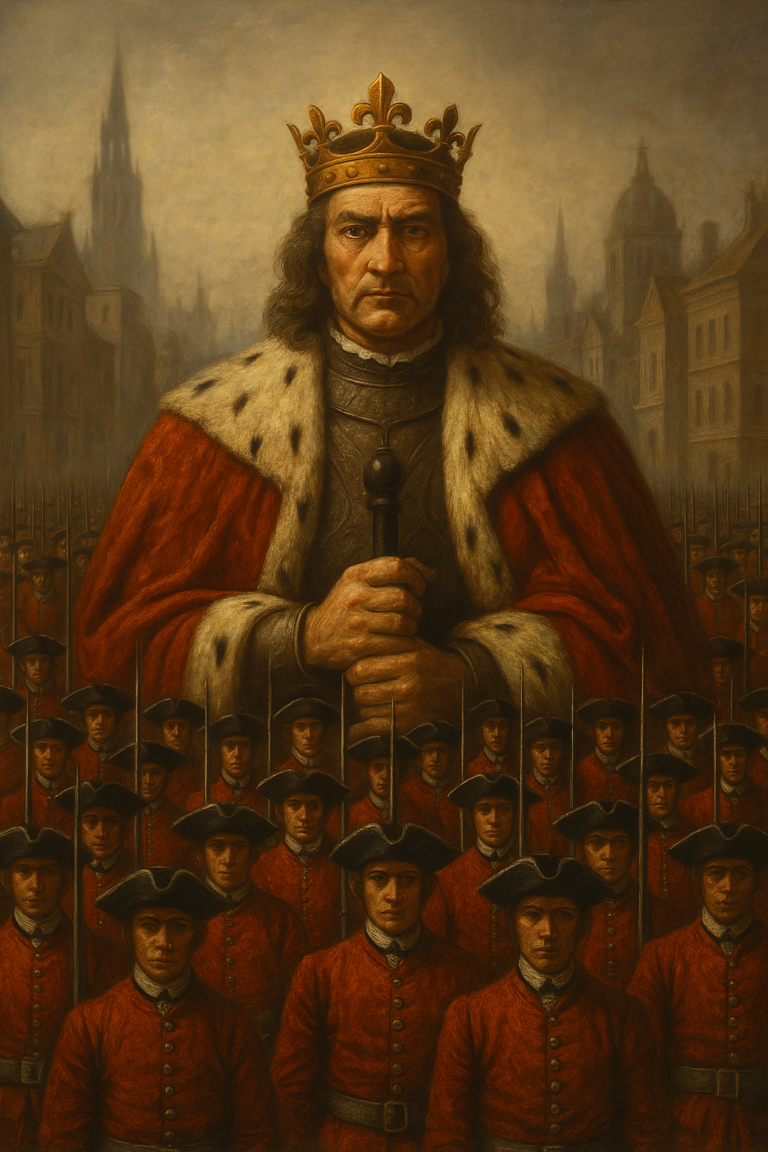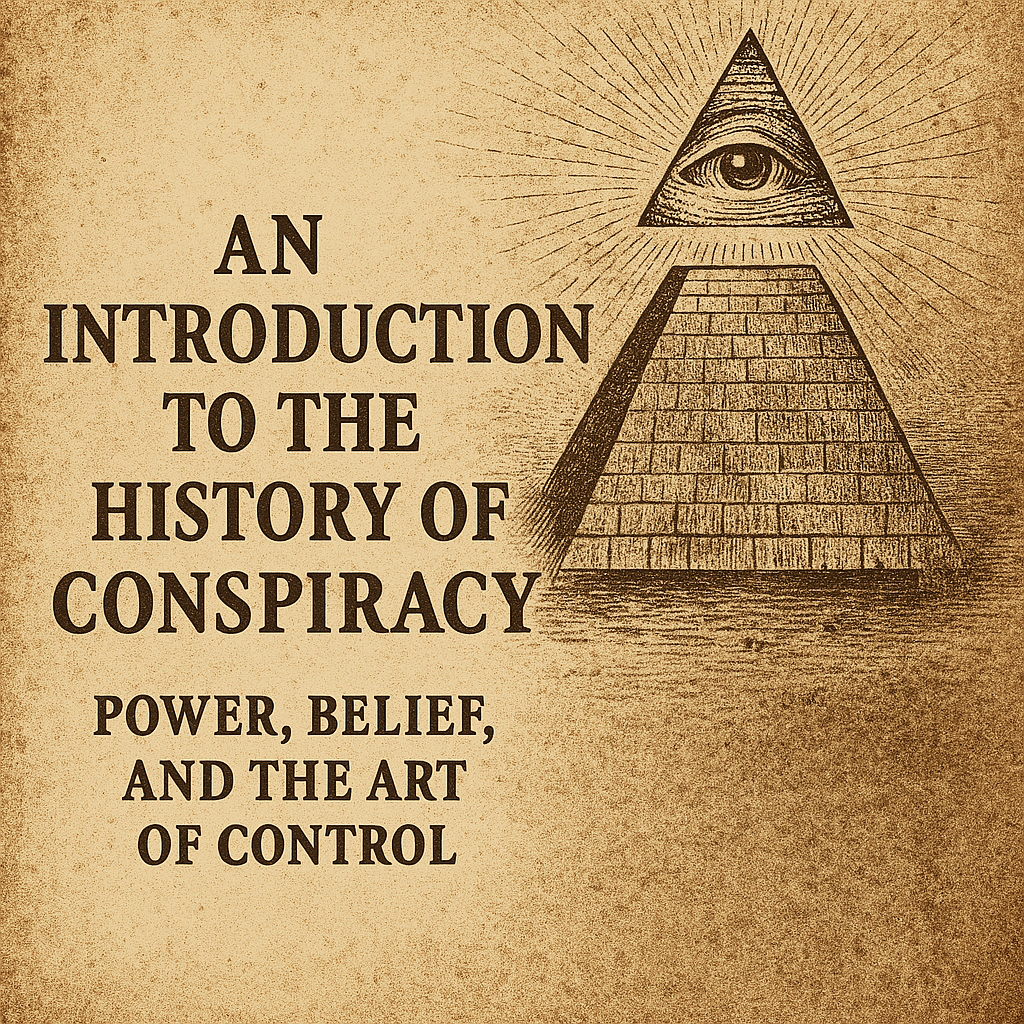
Power, Belief, and the Art of Control
What do we mean when we say “conspiracy”? In the modern world, the term often conjures images of shadowy cabals, unhinged speculation, or wild theories that live in the margins of society. It’s a word used to dismiss, to discredit, and to distance. To call something a conspiracy theory is to imply that it is unreal, irrational, and unworthy of serious thought.
But what happens when we turn that assumption on its head?
What if conspiracy is not the exception to the rule of history — but a recurring feature of it? What if much of what we now accept as established fact was once considered heretical, paranoid, or treasonous? And what if, over time, truth has always had to claw its way through layers of carefully managed belief — belief engineered, not discovered?
This is the foundation of the history of conspiracy — not the fringe, but the thread that runs through every empire, ideology, and institution.
This series explores that thread.
It traces a long arc through human civilization — from the temples of Egypt to the pulpits of Christendom, from Enlightenment salons to the backrooms of state surveillance. At each step, it asks:
Who was allowed to define reality?
What tools did they use to enforce it?
And what happened when someone questioned the official story?
The Psychology Of Ceding Control To A “Higher Power”
Control Doesn’t Always Look Like Control
Over the centuries, empires have used many weapons to keep people in line — swords, prisons, and gallows among them. But often, the most enduring form of control hasn’t been enforced at the end of a spear. It’s been installed in the mind.
The history of conspiracy shows us that belief is a far more powerful regulator than brute force. Belief can make a population not only accept the status quo, but defend it — even against their own interests. Belief can justify cruelty, silence dissent, and maintain hierarchies without anyone needing to give an order.
And belief, crucially, can be designed.
From religious doctrine to state propaganda, from ideological education to scientific consensus, those in power have always understood the importance of shaping the narrative before anyone has the chance to question it. If you can train people to accept a story early — and punish those who don’t — you rarely need to resort to open repression. They will repress each other.
They will call it virtue.
The Conspiracies That Came True
Time and again, the history of conspiracy reminds us that ridicule is not a measure of falsehood.
Entire societies have scoffed at those who warned of corruption, manipulation, or deception from above — only for evidence to emerge, years or decades later, proving them right.
-
- When critics accused the Church of weaponizing confession and ritual to maintain power, they were burned as heretics. Today, even Church historians admit it.
-
- When revolutionaries claimed monarchs ruled by myth rather than merit, they were crushed by armies. Now we teach it in textbooks.
-
- When 20th-century skeptics said governments were spying on their citizens, controlling information, and running covert programs, they were mocked — until declassified documents proved every word.
What we call conspiracy today may simply be early awareness. And what we call official truth may one day be remembered as carefully managed fiction.
This series doesn’t make wild claims. It doesn’t ask for blind belief.
Instead, it follows the historical record — and shows how the history of conspiracy is often the story of how truth is delayed, silenced, or rebranded.
Self-Policing: The Masterstroke of Authority
One of the central patterns in the history of conspiracy is how power learns to rely not on force, but on pre-conditioning — what Orwell called “the thoughtcrime that stops itself.”
This isn’t accidental.
If a ruler can convince a population to see dissent as dangerous, disobedience as immoral, or questioning as madness, then actual enforcement becomes almost unnecessary. The people will do it for them. Through education, media, religion, and social norms, individuals become both subjects and enforcers — surveilling not just others, but themselves.
This is not ancient history. It is a pattern that repeats again and again — in religious societies, monarchies, republics, and modern democracies alike.
Real control doesn’t require chains. It requires consent.
From Divine Rule to Data Harvesting
The methods have changed — the aims have not.
In the ancient world, rulers claimed divine blood and spoke with the voice of the gods. In the medieval era, they invoked salvation and hellfire. The Enlightenment brought rationalism — and with it, new tools: science, law, and bureaucracy. The industrial age introduced time clocks, psychiatric labels, and the cult of efficiency.
Today, we are told that control no longer exists. That we are free, empowered, and informed. Yet surveillance has gone digital. Narratives are algorithmically curated. And the conditioning begins younger than ever.
From stone tablets to screen-based learning modules, the story is the same:
Control begins by shaping the narrative — and that narrative shapes the individual.
This is why the history of conspiracy matters. It reminds us that power does not announce itself. It whispers.
Why This Series Matters Now
We live in an age saturated with information — and yet, increasingly, only certain views are deemed acceptable. We are told to “trust the experts,” to “follow the consensus,” and to reject anything that sounds like a “conspiracy theory.”
But if the history of conspiracy teaches us anything, it’s this:
The truth is rarely popular when it first emerges.
And those who question power are almost always labelled dangerous.
This series is not an argument for paranoia. It is an invitation to historical memory. It shows how governments, religious authorities, and elites have repeatedly used belief systems to entrench their rule — and how those systems have often been revealed, in hindsight, to be tools of control, not conduits of truth.
By examining the past, we learn to see through the present.
By tracing the evolution of power, we begin to recognize its disguises.
What to Expect
Each article in The History of Conspiracy focuses on a specific historical period, beginning in ancient Mesopotamia and moving century by century toward the present. You’ll encounter:
-
- Theocratic manipulation in ancient Egypt
-
- The Inquisition’s war on independent thought
-
- The psychological conditioning of early public education
-
- The scientific rationalization of social hierarchies
-
- The transition from religious obedience to data-driven compliance
And in every chapter, one question echoes:
Was it a conspiracy — or was it control?
Coming Next:
Divine Rule and Silent Obedience – How Egypt and Mesopotamia Engineered Belief for Control
Before surveillance cameras and data collection — before dogma was printed or televised — control began with the gods. In the ancient world, rulers didn’t just wield power; they embodied it, claiming divine ancestry and celestial endorsement. But behind the sacred rituals and stone monuments was a carefully constructed belief system designed not only to command obedience, but to make obedience feel natural.
In Part I of The History of Conspiracy, we explore how early civilizations in Egypt and Mesopotamia used myth, fear, and ritual to shape public consciousness — and how the first true systems of ideological control were built not on force, but on faith.
